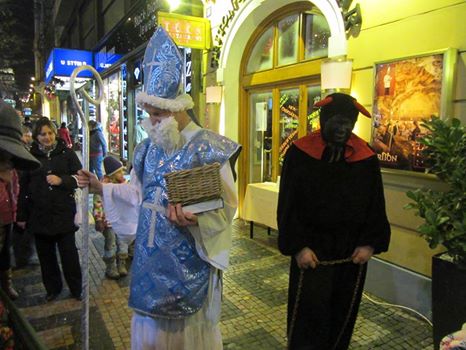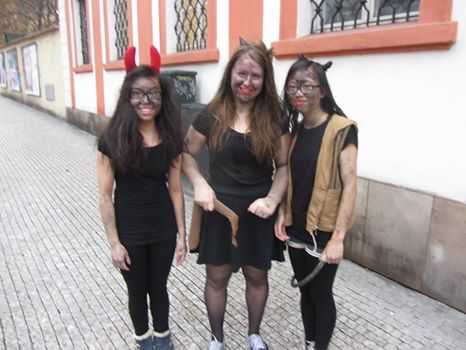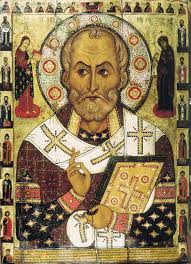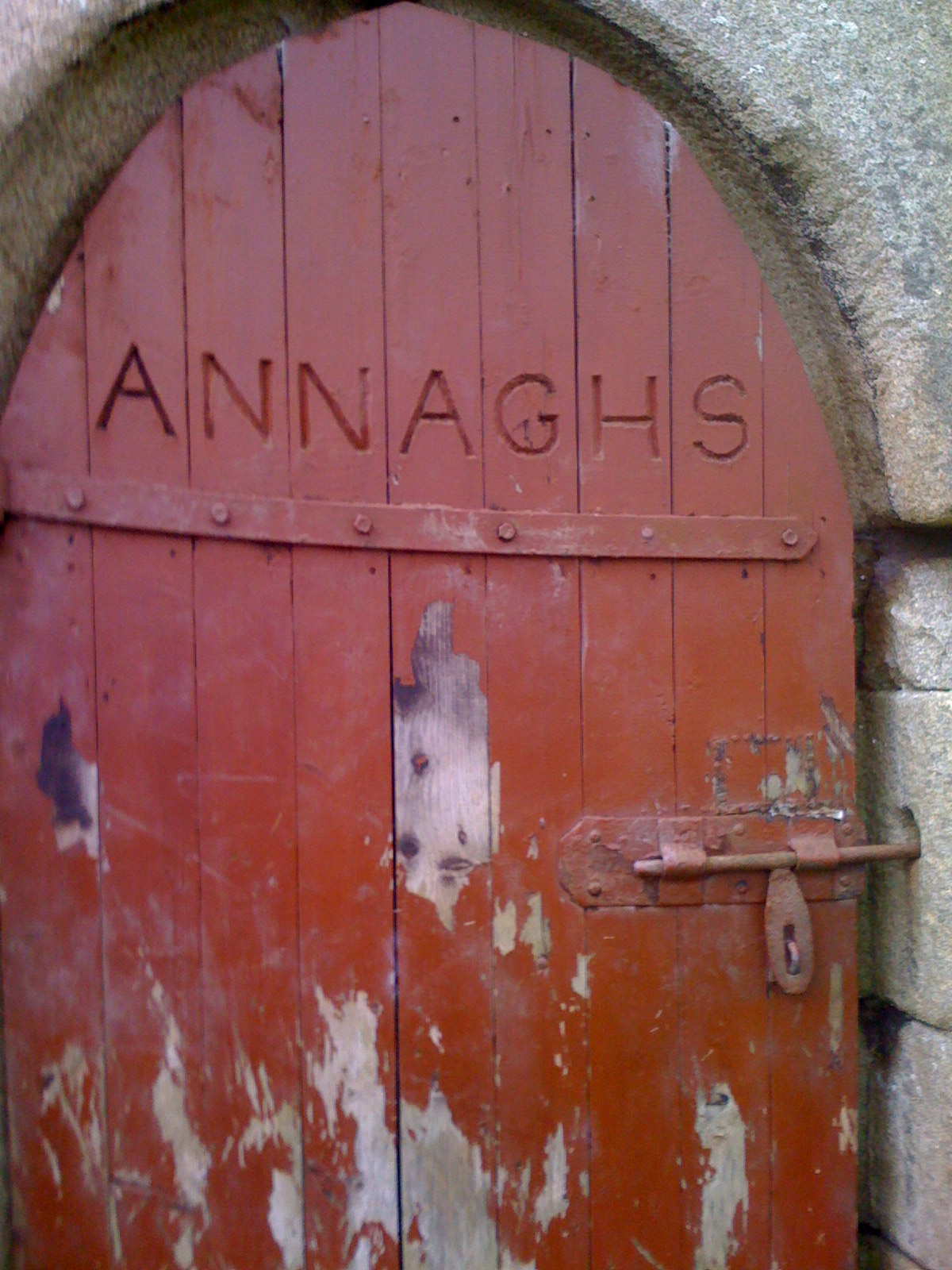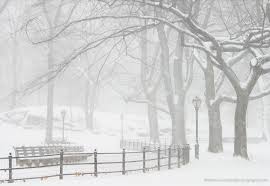
Snowstorms, such as this one in Central Park, were thought to be caused by Mother Holle shaking out her goose-down quilts.
In Urglaawe, a name for Old German culture often best preserved now in the Pennsylvania Dutch tradition, Berchta is considered a major deity, particularly during the Yuletide celebrations of Elfder Daag (Eleventh Day) and Zwelfdi Nacht (Twelfth Night). Both of these celebrations fall on the current calendar date of December 31, which Grimm cites as her traditional Feast Day. The name of the observance in Urglaawe is “Berchtaslaaf.”
The perceptions of Berchta in Urlgaawe range from her being Holle by another name to her being Holle’s sister, therefore placing her among the Wane. She is seen as a goddess who demand order in one’s behavior and consciousness. Owls are seen as her sacred animal. The association between Berchta and owls also leads to the belief that owls are her messengers and that the presence of owls by the home can be warnings of danger or death. The association may also be related to the Eil (Owl) moon sign commonly falling around Yuletide on the Deitsch (Old German) lunar zodiac (Muunraad). The Eil sign is the ninth new moon after the Oschdre (the vernal equinox).
According to the Brothers Grimm, Berchta also commands that certain meals be consumed and offered to her on her feast day. The meals consist of zemmede (a mix of flour, milk, and water), herring and gruel, though variations do occur regionally. These food items are included in the Urglaawe Berchtaslaaf observances.
Grimm thinks Holda is her equivalent while the Weisse frauen may derive directly from Berchta in her white form.
The word Perchten is plural for Perchta, and this has become the name of her entourage, as well as the name of animal masks worn in parades and festivals in the mountainous regions of Austria. In the 16th century, the Perchten took two forms: Some are beautiful and bright, known as the Schönperchten (“beautiful Perchten”). These come during the Twelve Nights and festivals to “bring luck and wealth to the people.” The other form is the Schiachperchten (“ugly Perchten”) who have fangs, tusks and horse tails which are used to drive out demons and ghosts. Men dressed as the ugly Perchten during the 16th century and went from house to house driving out bad spirits.
Sometimes, der Teufel is viewed to be the most schiach (“ugly”) Percht (masculine singular of Perchten) and Frau Perchta to be the most schön (“beautiful”) Percht (singular of Perchten).
Today the Perchten are still a traditional part of Salzburg and Austrian holidays and festivals (such as the Carnival Fastnacht). The wooden animal masks made for the festivals are today called Perchten.
In Italy, Perchta is roughly equivalent with La Befana, who visits all the children of Italy either on Christmas Eve or on the night before 6 January to fill their socks with candy if they are good or a lump of coal if they are bad.

